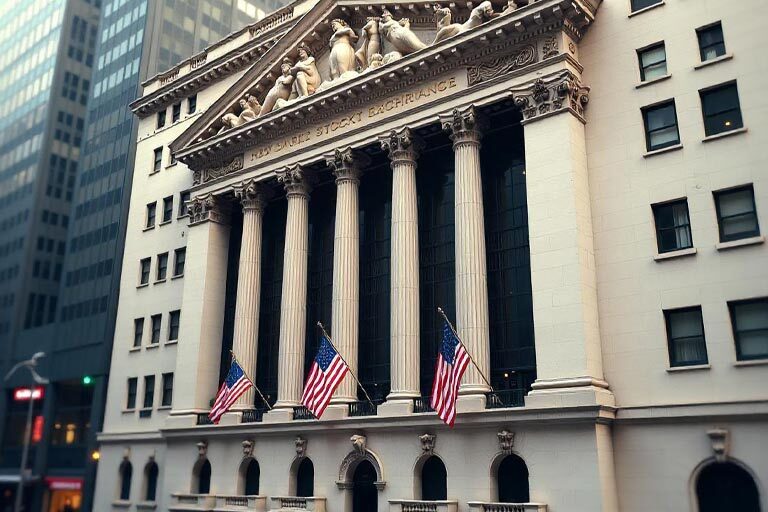US financial regulators are reportedly preparing to ease banking rules established in the aftermath of the 2008 financial crisis, marking what could be the most significant rollback of post-crisis protections in over a decade. The initiative is seen as part of a broader deregulatory agenda under former President Donald Trump’s administration, which has emphasized reducing oversight across various industries.
This development comes after sustained lobbying efforts by major financial institutions, including JP Morgan and Goldman Sachs. These banks have expressed concerns that existing capital requirements—designed to ensure a cushion against potential financial shocks—are stifling competition and constraining lending capabilities.
At the heart of the proposed changes is the supplementary leverage ratio, a rule that mandates large banks maintain high-quality capital to cover exposures to risky assets such as loans and derivatives.
These regulatory measures were originally introduced in the wake of the 2008 financial meltdown, which prompted extensive government bailouts and exposed systemic vulnerabilities within the global banking sector. The goal was to enhance resilience across the financial system and mitigate the risk of future crises.
Plans to revise capital requirements had been anticipated, particularly after Trump vowed a sweeping reduction in regulatory burdens during his second term, pledging to eliminate multiple existing regulations for each new one introduced.
Although proponents in the banking sector view the rollback as necessary to improve flexibility and economic activity, some financial analysts and policy experts have expressed concerns. They argue that loosening safeguards during a period of policy uncertainty and market volatility could expose the system to renewed risks. In particular, industry advocates have claimed that current rules unfairly penalize institutions for holding assets such as US Treasury securities, which are generally considered low-risk.
The move has also drawn attention in international financial centers such as London, where stricter regulatory regimes remain in place. Some fear that the UK could become less competitive if it does not similarly adapt its regulatory environment.
In a related response, UK Chancellor Rachel Reeves previously indicated that the regulatory landscape in the aftermath of the global financial crisis may have been overly restrictive. Financial regulators were directed to revisit existing rules, with the aim of fostering more risk-taking and bolstering the competitiveness of firms operating in the City of London.
Subsequently, the Bank of England opted to delay the implementation of updated capital rules under the Basel 3.1 framework, taking into account potential shifts in the global regulatory climate driven by political changes in the US.
Meanwhile, the UK’s Financial Conduct Authority is currently evaluating ways to relax mortgage regulations, which had been tightened after the 2008 crash. This move is intended to support homeownership, amid mounting pressure from the Labour government to improve housing affordability and financial access for households.













